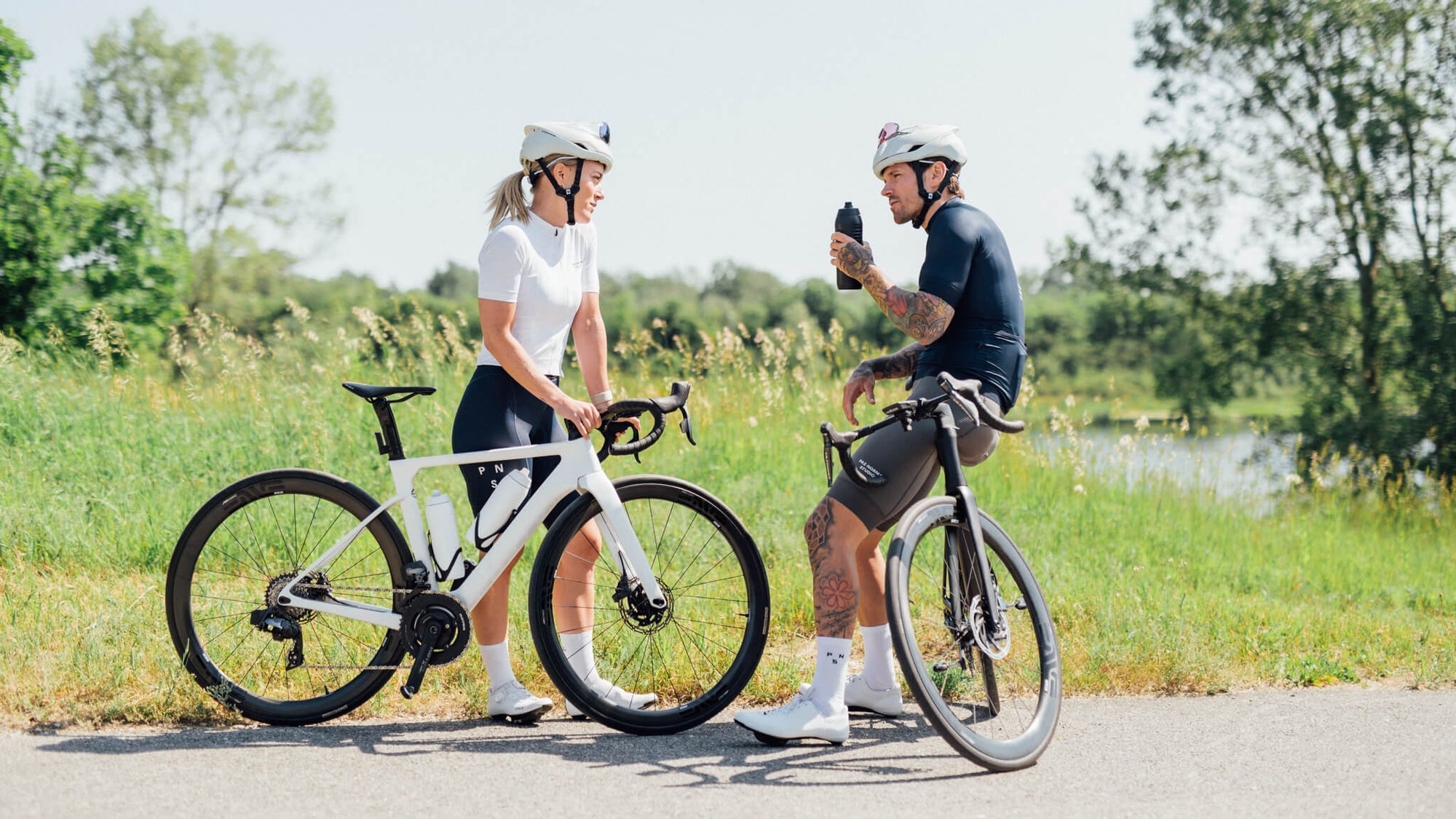Plastic bottles are not only bad for the environment, but also for your body. Their use allows microplastics to enter the human system and can then be detected in the blood, liver, or even the brain. Nevertheless, many athletes still rely on conventional plastic bottles, which become unhygienic after a short time and end up in the trash. We'll tell you five reasons why you should dispose of your plastic water bottles (one last time) and switch to an alternative!
1. Microplastics & plasticizers – you want performance, not chemicals
Plastic bottles can be found everywhere today: in the supermarket, in the restaurant or in the sports store. Many people think that only disposable bottles release harmful substances into drinks when used long-term. However, the reality is quite different.
In fact, a study by the University of Münster found that most plastic particles in water can be found in reusable plastic bottles. Due to long-term use, tiny pieces of microplastics are repeatedly released and enter the body. Sunlight can also promote the decomposition of the material. The average person currently consumes an incredible 5 grams of microplastics per week. That's about the size of a credit card. The regular use of plastic bottles contributes significantly to this.
Another health hazard is plasticizers, which were primarily used in the production of plastic bottles in the past. However, many products still contain BPA (Bisphenol A) or phthalates today. These plasticizers can enter the body through the beverage and cause irreversible damage there. Hormonal imbalances, developmental disorders in children, and even cancer can result.
2. Unpleasant taste and smell
Who doesn't know this: When cycling, you've sweated a lot and you're very thirsty. You're just looking forward to the first, refreshing sip of water, but the joy is clouded by the unpleasant plastic taste. No matter how well you clean a plastic bottle, this annoying effect can hardly be avoided. Especially in summer temperatures and strong UV radiation, the water quickly tastes stale.
Besides the taste, the smell of plastic bottles can quickly become unpleasant. Even those bottles that can be cleaned in the dishwasher cannot be freed from these odors in the long term. Often, the opposite is the case: cleaning in the dishwasher makes the plastic brittle over time, which allows more bacteria to accumulate in the porous material.
3. Plastic bottles quickly become unsightly & unhygienic
Even if some plastic bottles advertise longevity, they not only look unsightly after a short time, but can also become unhygienic. Small scratches and cracks allow bacteria and germs to settle and multiply. Even scrubbing cannot completely remove them. On the contrary, intensive cleaning can often roughen the surface even more, further reducing the quality of the water bottle.
At high temperatures, this can even promote mold growth. The risk of this increases especially if you fill the plastic bottle not only with pure water, but also with isotonic drinks, juices and the like. With every sip, pollutants enter the body and cause nausea or other complaints.
4. Rapid wear
After only a short period of use, plastic drinking bottles change their appearance and texture. During use in sports, frequent squeezing and high temperatures can accelerate this process. Over time, the material becomes brittle, which causes the small cracks to form even faster. What you may not see at first already affects the quality of your drink inside.
5. Appearance & Style as a Factor
Of course, aspects such as appearance also play a role in the purchase of a water bottle. After all, you have it in your hand every day and therefore want to own an aesthetic product that matches your own style. Plastic bottles are the clear losers here, if only because of their rapid wear and tear.
A durable water bottle made of alternative materials and a cool design, on the other hand, complements your personal style and becomes a symbol of sustainability, environmental awareness and fitness.
An innovative solution for sports and everyday life.
If you are looking for a suitable alternative to conventional plastic bottles, the KEEGO water bottle is the perfect choice. The Viennese start-up has developed a bottle that is light and flexible like a plastic bottle, but at the same time durable and pure like a metal bottle. Thanks to the elastic titanium coating on the inside, your drink always remains taste-neutral and free of microplastics.
Thanks to the flexible but robust material, a KEEGO water bottle is on average five times more durable than a conventional plastic bottle, which also saves you money in the long run. Sustainability is also a top priority in the production of KEEGO bottles: short transport routes and sustainable production processes protect the environment - all this with a production site in Germany.
Conventional plastic bottles are slowly but surely becoming a thing of the past. They have many disadvantages – from unpleasant taste to health risks. With the practical KEEGO Water Bottle you have a sustainable and healthy alternative that makes drinking on the go not only more environmentally friendly, but also a real pleasure.


